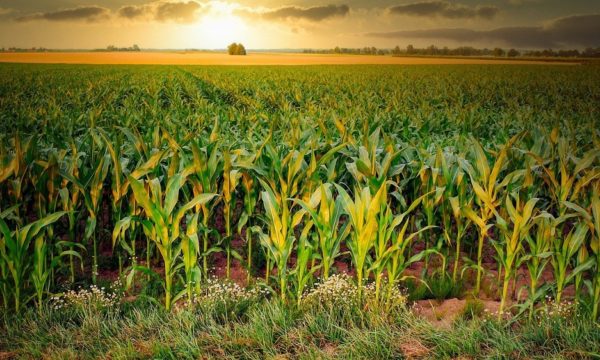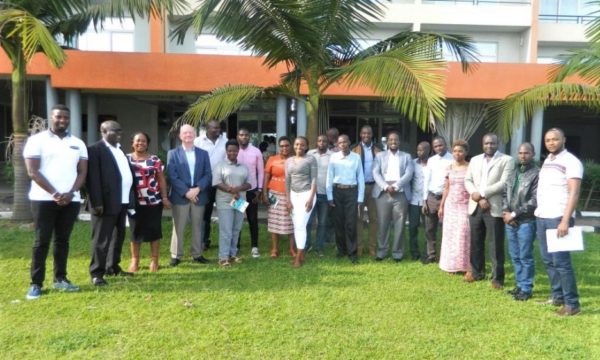Growing of organic and genetically modified crops on neighbouring farms continues to be contentious, especially in Europe, but the issue of coexistence of same-species crops for different markets is not limited to GM. In a paper entitled “Can GM and organic agriculture coexist?”, Eberhard Weber points to the need for oilseed rape for cooking and industrial oil to be segregated, and similarly for crops for human food and animal feed for both maize and barley. Writing in CAB Reviews, he says that such situations work on the principle that some contamination will happen, but that “threshold values above zero for adventitious presence must be defined for coexistence rules.”
One company growing GM maize in Germany offered to buy maize from neighbouring non-GM farmers on the same conditions they would achieve without a GM neighbour. “The neighbouring farmers agreed, meaning that no coexistence problem arose,” says Weber, from Martin-Luther-University Halle-Wittenberg.
Weber notes that various organic organisations only require that the production process organic farmers use must not involve GMOs, rather than that they must ensure no GMO presence in their products. He quotes the International Federation of Organic Agriculture Movements: “Organic products are not defined as being free of unwanted pollution. Just as organic farmers cannot guarantee zero contamination from pesticides they do not use themselves, there is no way for them to guarantee that organic products will not be polluted by traces of GMOs.”
Weber looks at the various planting arrangements suggested to minimise gene flow to neighbouring fields. “Many experiments show that the GMO content is reduced with increasing distance as it should be, but no zero level can be achieved”. However, the variability of wind direction means no models can be entirely reliable.
As long as the same threshold value is valid for conventional and organic products, the GM farmer should not have to distinguish between neighbours with conventional and organic production, says Weber. ”The best way will always be agreement between farmers. As long as only farmers are involved, this can mostly be achieved.” However, he says that the involvement of other groups who try to influence political decisions on the rules make it difficult to predict the future of coexistence.
Can GM and organic agriculture coexist?”by Eberhard Weber appears in CAB Reviews: Perspectives in Agriculture, Veterinary Science, Nutrition and Natural Resources, 2008, 3, No. 072, 8 pp.
Related News & Blogs
Perceptions of genetically modified crops under the microscope in Kenyan study
The perceptions of Genetically Modified (GM) crops has come under the microscope as part of a study in Kenya aimed at investigating technological challenges in development and food security. As part of a project, funded by The British Academy and in pa…
6 June 2023




